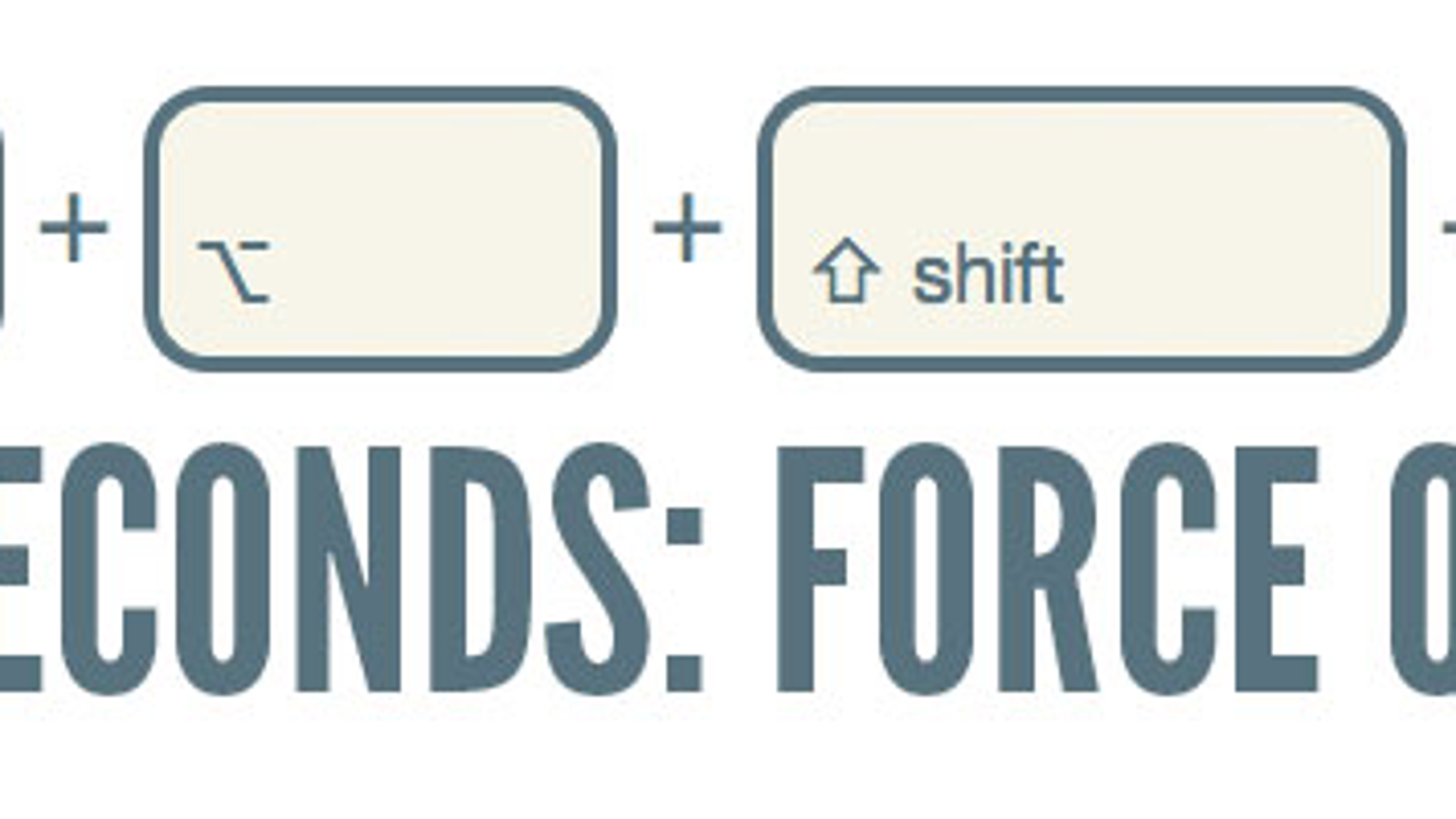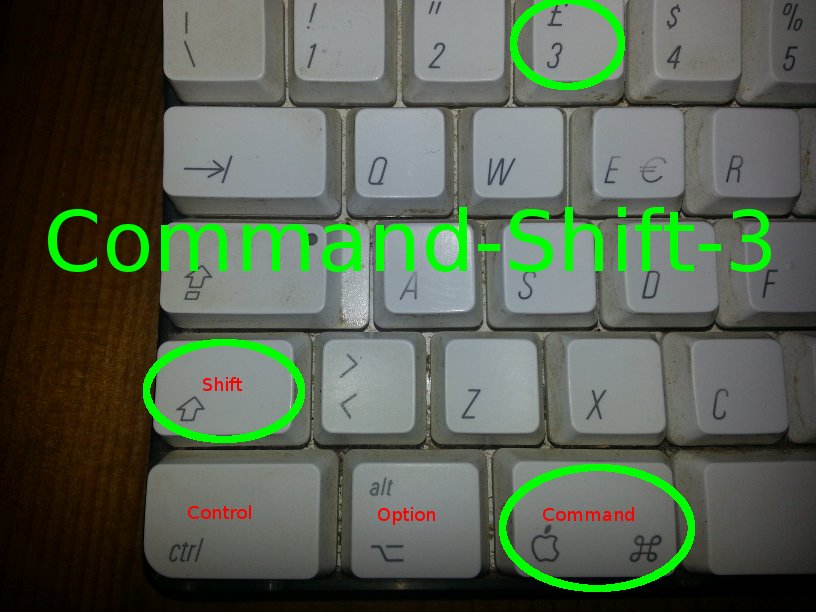

- #Shift option command e how to#
- #Shift option command e mac os x#
- #Shift option command e full#
- #Shift option command e download#
- #Shift option command e mac#
If any open documents have unsaved changes, you will be asked whether you want to save them. Control–Command–Media Eject : Quit all apps, then restart your Mac.
#Shift option command e mac#
#Shift option command e download#
Download a free network analyzer to monitor, analyze and troubleshoot your network. This helps you to avoid using them unintentionally. You might need to press and hold some of these shortcuts for slightly longer than other shortcuts.

Shift-Command-N: Create a new folder in the Finder.Or use Shift-Command-3 or Shift-Command-4 for screenshots. Shift-Command-5: In macOS Mojave or later, take a screenshot or make a screen recording.Command-Tab: Switch to the next most recently used app among your open apps.

#Shift option command e full#
Control-Command-F: Use the app in full screen, if supported by the app.Control–Command–Space bar: Show the Character Viewer, from which you can choose emoji and other symbols.
#Shift option command e how to#
Learn how to change a conflicting keyboard shortcut.) (If you use multiple input sources to type in different languages, these shortcuts change input sources instead of showing Spotlight. To perform a Spotlight search from a Finder window, press Command–Option–Space bar. Command–Space bar: Show or hide the Spotlight search field.To close all windows of the app, press Option-Command-W. Command-O: Open the selected item, or open a dialog to select a file to open.To minimize all windows of the front app, press Option-Command-M. Command-M: Minimize the front window to the Dock.To view the front app but hide all other apps, press Option-Command-H. Command-H: Hide the windows of the front app.To find the previous occurrence, press Shift-Command-G. Command-G: Find Again: Find the next occurrence of the item previously found.Command-F: Find items in a document or open a Find window.In some apps, you can undo and redo multiple commands. You can then press Shift-Command-Z to Redo, reversing the undo command. Command-V: Paste the contents of the Clipboard into the current document or app.Command-C: Copy the selected item to the Clipboard.Command-X: Cut the selected item and copy it to the Clipboard.Cut, copy, paste, and other common shortcuts To use these keys as F1, F2, F3, or other standard function keys, combine them with the Fn key. If these functions aren’t available on your keyboard, you might be able to reproduce some of them by creating your own keyboard shortcuts. Some keys on some Apple keyboards have special symbols and functions, such as for display brightness, keyboard brightness, Mission Control, and more.
#Shift option command e mac os x#
Displays the Mac OS X Help Viewer: Command+Shift+A: Takes you to your Applications folder: Command+Shift+C: Takes you to the top-level Computer location: Command+Shift+G: Takes you to a folder that you specify: Command+Shift+H: Takes you to your Home folder: Command+Shift+I: Connects you to your iDisk: Command+Shift+Q: Logs you out: Command+Shift+N. When you take a screenshot on your Mac – using the Shift-Command-3 shortcut to capture the whole screen, or Shift-Command-4 to capture a portion of it – the image files are saved straight to. On keyboards made for Windows PCs, use the Alt key instead of Option, and the Windows logo key instead of Command. Mac menus and keyboards often use symbols for certain keys, including modifier keys: For example, to use Command-C (copy), press and hold the Command key, then the C key, then release both keys. To use a keyboard shortcut, press and hold one or more modifier keys and then press the last key of the shortcut.


 0 kommentar(er)
0 kommentar(er)
